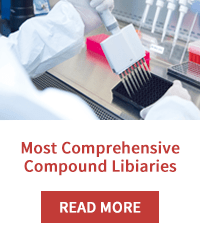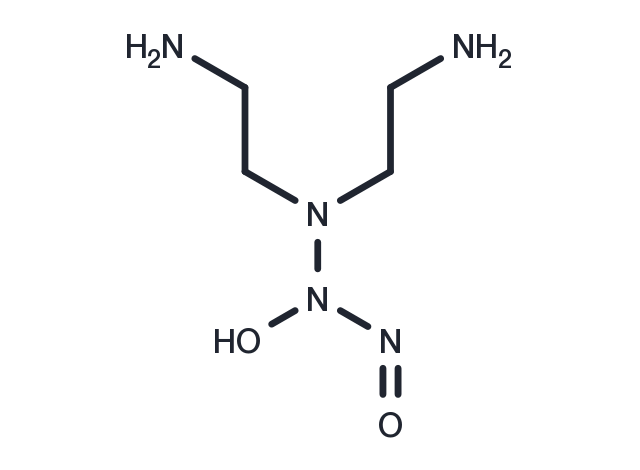store at low temperature
Powder: -20°C for 3 years | In solvent: -80°C for 1 year

DETA NONOate (NOC 18) is an exogenous nitric oxide (NO) donor with vasodilatory and antidepressant activity.DETA NONOate can be used to activate inward currents in neurons, which may accelerate the healing of MRSA-infected wounds.

| Pack Size | Availability | Price/USD | Quantity |
|---|---|---|---|
| 1 mg | In stock | $ 56.00 |

| Description | DETA NONOate (NOC 18) is an exogenous nitric oxide (NO) donor with vasodilatory and antidepressant activity.DETA NONOate can be used to activate inward currents in neurons, which may accelerate the healing of MRSA-infected wounds. |
| In vitro | By reducing the expression of glycopeptidolipids (GPL) in M. abscessus subspecies abscessus (Mab), DETA NONOate (100 μM; 16 h) induces the growth of nontuberculous mycobacteria (NTM) complex in the R morphotype[3]. |
| In vivo |
DETA NONOate (15-150 μg/rat, intracerebroventricular injection, once) exhibits nociceptor-activating effects in the formalin model in rats[4]. At a concentration of 1 µM, DETA NONOate can reduce ischemia or ischemia/reperfusion-induced mitochondrial damage in the heart and prevent apoptotic cell death[2]. |
| Synonyms | NOC-18, Diethylamine NONOate |
| Molecular Weight | 163.18 |
| Formula | C4H13N5O2 |
| CAS No. | 146724-94-9 |
store at low temperature
Powder: -20°C for 3 years | In solvent: -80°C for 1 year
aqueous buffers: >100 mg/mL
H2O: 30 mg/mL (183.85 mM), when pH is adjusted to 9 with NaOH. Sonication is recommended.
DMSO: <1 mg/mL (Insoluble)
You can also refer to dose conversion for different animals. More
bottom
Please see Inhibitor Handling Instructions for more frequently ask questions. Topics include: how to prepare stock solutions, how to store products, and cautions on cell-based assays & animal experiments, etc.
DETA NONOate 146724-94-9 Immunology/Inflammation NO Synthase NOC-18 Diethylamine NONOate inhibitor inhibit
